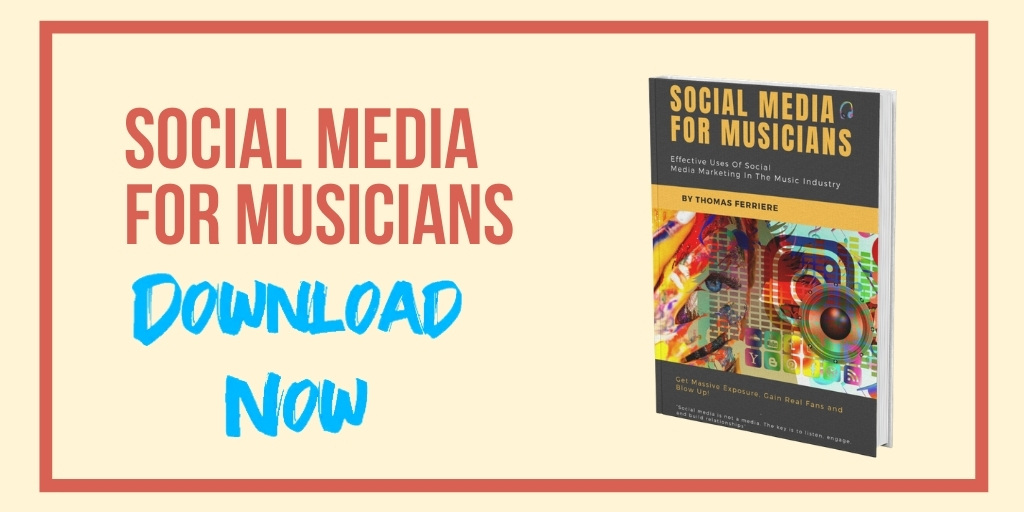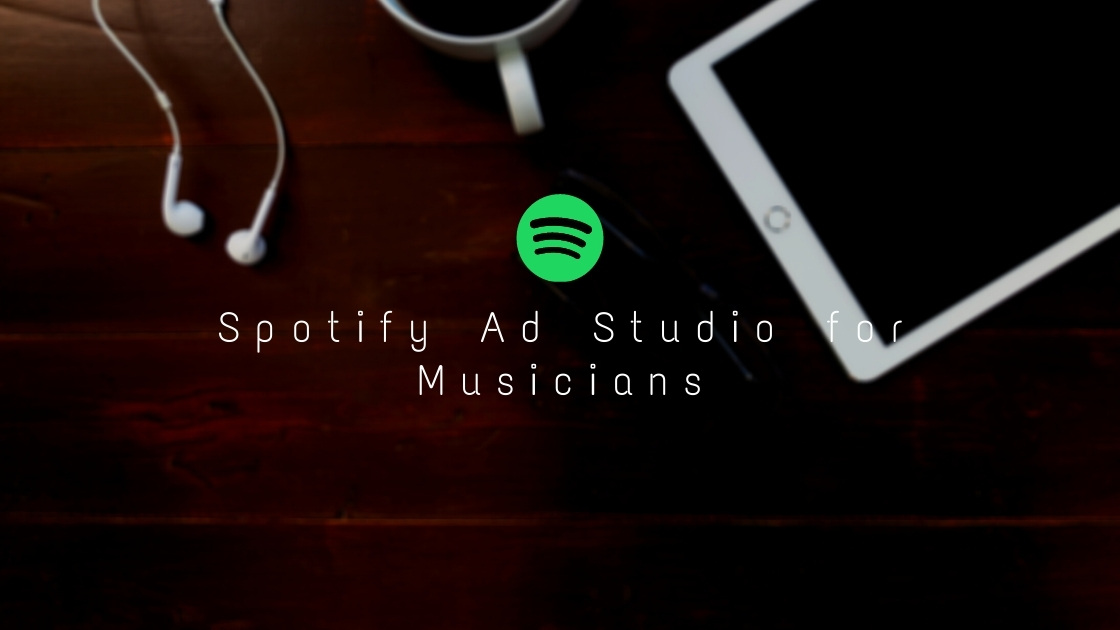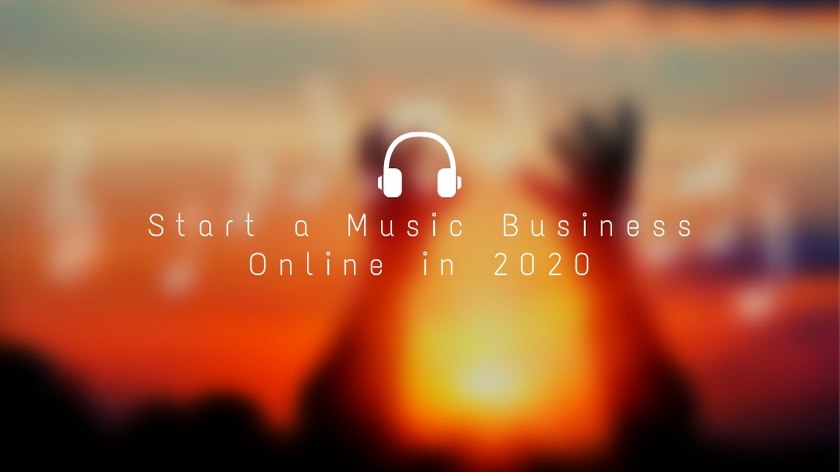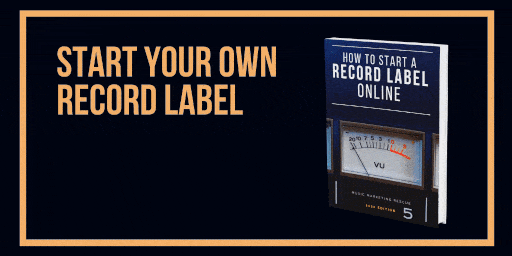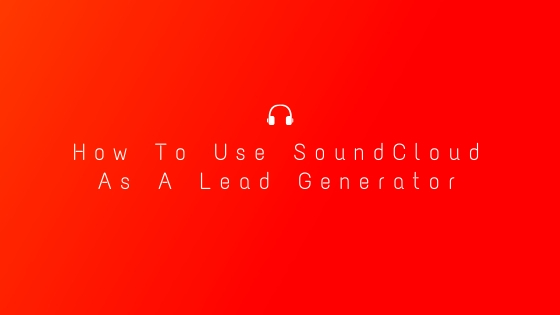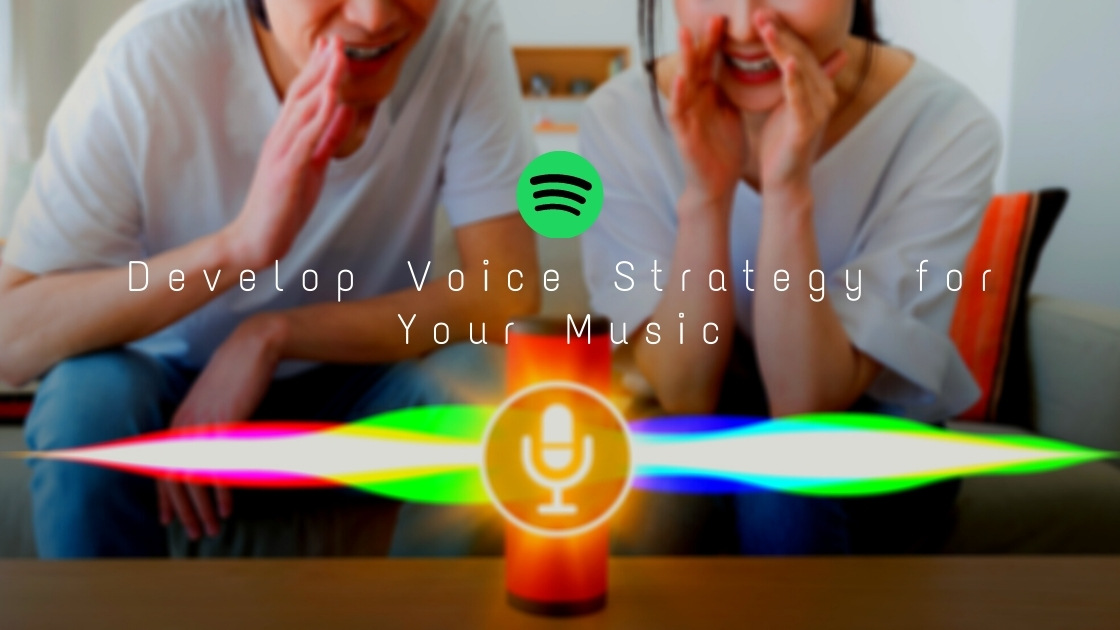
It’s a Brave New Smarthome World, and Alexa’s here to tell us all about it! It is estimated that as many as 45 million voice assistants like Amazon’s Alexa (and her sometimes awkwardly-less-kind Yandex comrade Alisa) are in use at present, and that number is only projected to grow as the technology becomes better, more affordable, and integrated into our lives.
They’re also becoming more integrated into the music scene (and not just with St. Louis Blues fan’s “Alexa Play Gloria!” posts last year). It’s also influencing the way we market music.
With that in mind, let’s look at how you can make Alexa and other home voice assistants work for you with a smarter music marketing strategy targeted at smart home usage.
1. Know Your Audience
First and foremost, you have to know your audience. What kind of smartphone users are they likely to be? What are they likely to ask Alexa and any other voice assistant for help, and what will they say?
We’ll get into the voice command aspect of things in a moment, but for now, it’s worth noting that different audiences are interested in different kinds of content – and you need to make it worthwhile. For example, U2 recorded behind-the-scenes commentary and released it with their music for Alexa. Fans could access both the songs and these extra goodies, naturally boosting the number of times they were likely to search and recommend fellow fan friends to do the same.
This is exactly the kind of strategy needed in today’s interconnected world. You need to know what your audience wants and how to deliver it to them in such a way that they, in turn, want to share it with others. That’s how you go viral, and it’s also how you score a bit better on your voice devices’ music marketing.
2. Advertising for Mom and Dad
One of the biggest obstacles to advertising online has always been the age barrier. Let’s face it – if you’re over 50, chances are you’re much more likely to feel social media, apps, and other aspects of the Internet are less intuitive than those who grew up with them.
That being said, voice assistants buck that trend largely due to the “voice” part. Even if “the Karens” in your life don’t know a thing about Instagram’s interface, anyone can say, “Hey, Alexa….”
That makes voice assistants much more accessible, making them such an attractive marketing choice for musicians looking to get their music out to people.
It also means that there’s nothing wrong from a songwriting and singing perspective with a little retro chic. Mom and Dad may not care about Billie Eilish, but they may sing along with Ringo every time it gets to “Billy Shears” on Sgt. Pepper, so keying into nostalgia trips and music business mainstays like that is a great way to get older audiences to listen to you.
3. Advertising for Shared Audiences
This, in turn, brings us to the all-important factor of finding a way to reach shared audiences. Smart homes are shared by the whole home, so you want to make sure that you appeal to as many people in a potential family of listeners as possible. That doesn’t mean you should go against your core demographic, of course, but it does mean that in crafting the words you use to market your songs, you should consider a wider audience and keep in mind how not just your fans but everyday people might use Alexa.
4. Get on Playlists
This brings us to playlists – you need to be on them at all costs. This is one of if not the biggest ways to score new listens and fans from people who may not have even heard of you in the first place but experienced you as part of a playlist.
Anonymous people across the country and globe may not know you, but they know “Soft Rock,” or “Pop Music,” or “Easy Listening,” and they search for it. We’ll get more into what and how they search in a moment, but for now, suffice it to say that appearing on these banner playlists that cover whole genres of music can be a great way to expose yourself to a new audience.
The same goes for Artist playlists that include others. Organically-Generated Playlists on “Artists Like Famous Artist X” are crucial for getting exposure, so do what you can to make your songs and search terms organic playlist-friendly.
5. Know How We Speak (and Type)
You’re likely to find differences in how websites tell you to list your search terms for your songs, and that makes sense. On the one hand, voice assistant technology is built around us speaking, which encourages search results that mirror the way we speak. You don’t speak like a robot, with choppy, imperfect grammar, but you may type like one when searching for something online.
Therein lies the dilemma – when using voice assistants, you want to target naturally-sounding phrases, but for online-based searches, you need to use SEO keywords, which sound more robotic.
6. Test Your Search Results in Yourself
Last but not least, you should always take the time to test your search results in yourself. That goes for any search engine, of course, but it is especially true regarding voice assistants. It’s one thing to have an idea in your mind of how you “should” appear on playlists, but quite another to actually make that work. You may think that you have worded things naturally, but you yourself say something quite different when requesting things from your voice assistant.
Try speaking to your voice assistant, note what works and what kind of grammatical structures and phrases you use, read about what others do, and model your search phrases accordingly.
Doing all this can give you the best chance of making your content more accessible in an era where new fans are a simple “Hey, Alexa…” away.
